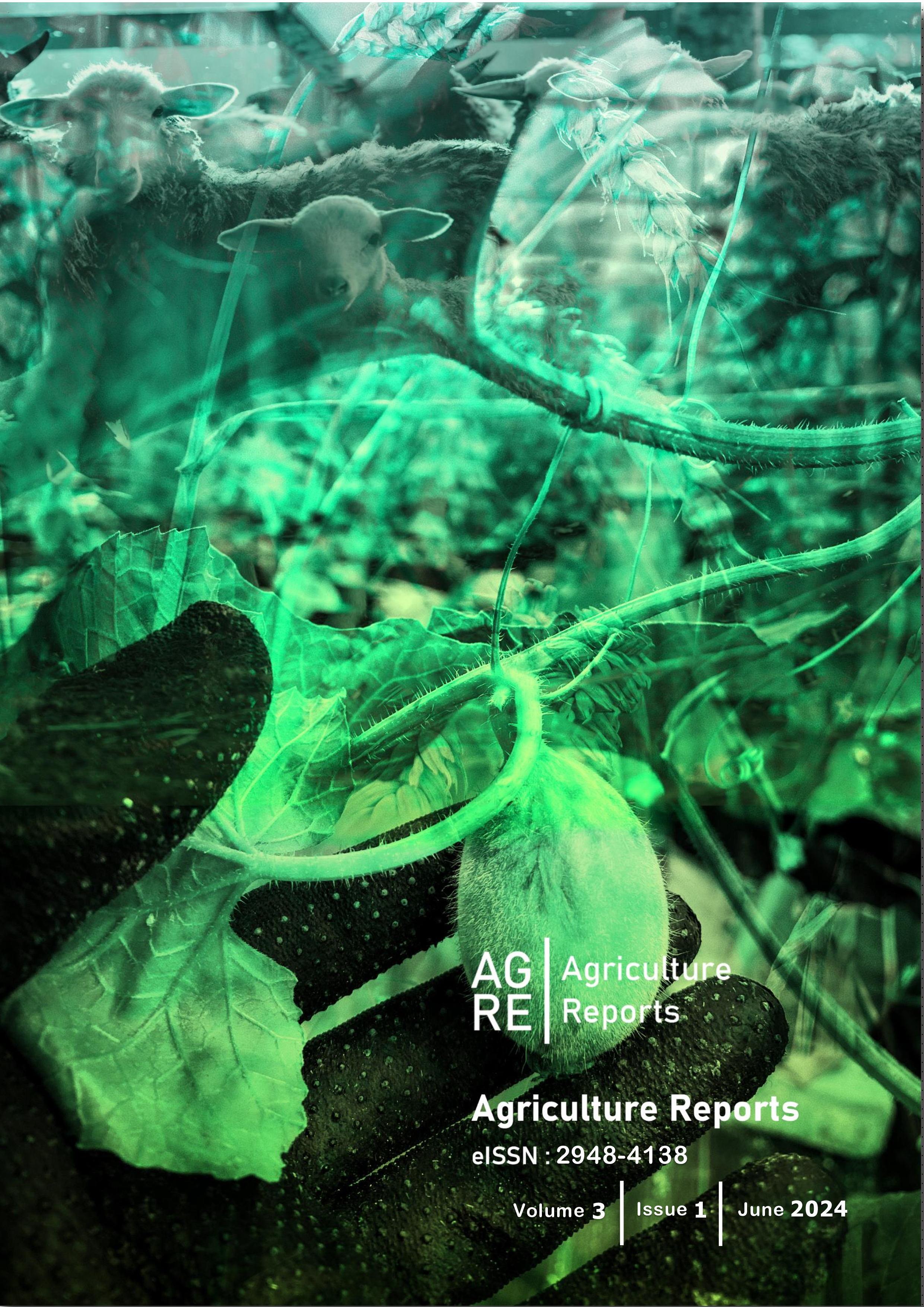Carcass Quality and Biochemical Changes of Cultured Catfish (Clarias gariepinus) Fed Biodegraded Waste
Keywords:
Protein supply, Resources efficiency, Aquaculture, FisheriesAbstract
The increasing population and recent flooding ravaging many parts of the world have necessitated the need to enhance resources through the utilization of waste products in fish culture. These waste materials usually contaminate the environment and are not utilized by humans. The study assessed the suitability of these waste as protein sources for the culture of the African catfish (Clarias gariepinus). Composting methods were used to degrade cow hoof, and chicken feather thereafter the feeding trial was done to determine the carcass quality and biochemical indices after 12 weeks. Fish weighing 17 gram (g.) as an initial body weight were stocked at a rate of 7 juveniles per aquarium. The basal diet contained 45% crude protein and was offered twice daily at 3% body weight. The control contained fishmeal, while treatments I, II and III were substituted with compost-feather (CFW), cow-hoof (CH) and a combination of CFW and CH, respectively. The results revealed significant differences (P < 0.05) among treatments. The carcass composition of the fish was not affected by the protein sources in the diets used. However, the fat content was higher in the non-conventional feed (21%) than in the conventional feed (14%). The biochemical profile showed no significant difference (P > 0.05) in total protein, urea, and liver enzymes with the control fish. Based on the findings it is concluded that composted feather and hoof meal have no negative effects on the carcass quality and biochemical profile of catfish and could contribute significantly to resource efficiency in fish production.Downloads
Published
2024-12-10
How to Cite
Orose, E., Kenneth Wokeh, O., Gentle Wilson, K., Ab Lah, R., & Bakar, K. (2024). Carcass Quality and Biochemical Changes of Cultured Catfish (Clarias gariepinus) Fed Biodegraded Waste. Agriculture Reports, 3(1), 18–28. Retrieved from https://mail.multiscipub.com/index.php/AgricultureReports/article/view/61
Issue
Section
Articles
License
Copyright (c) 2024 Agriculture Reports

This work is licensed under a Creative Commons Attribution-NonCommercial-ShareAlike 4.0 International License.


